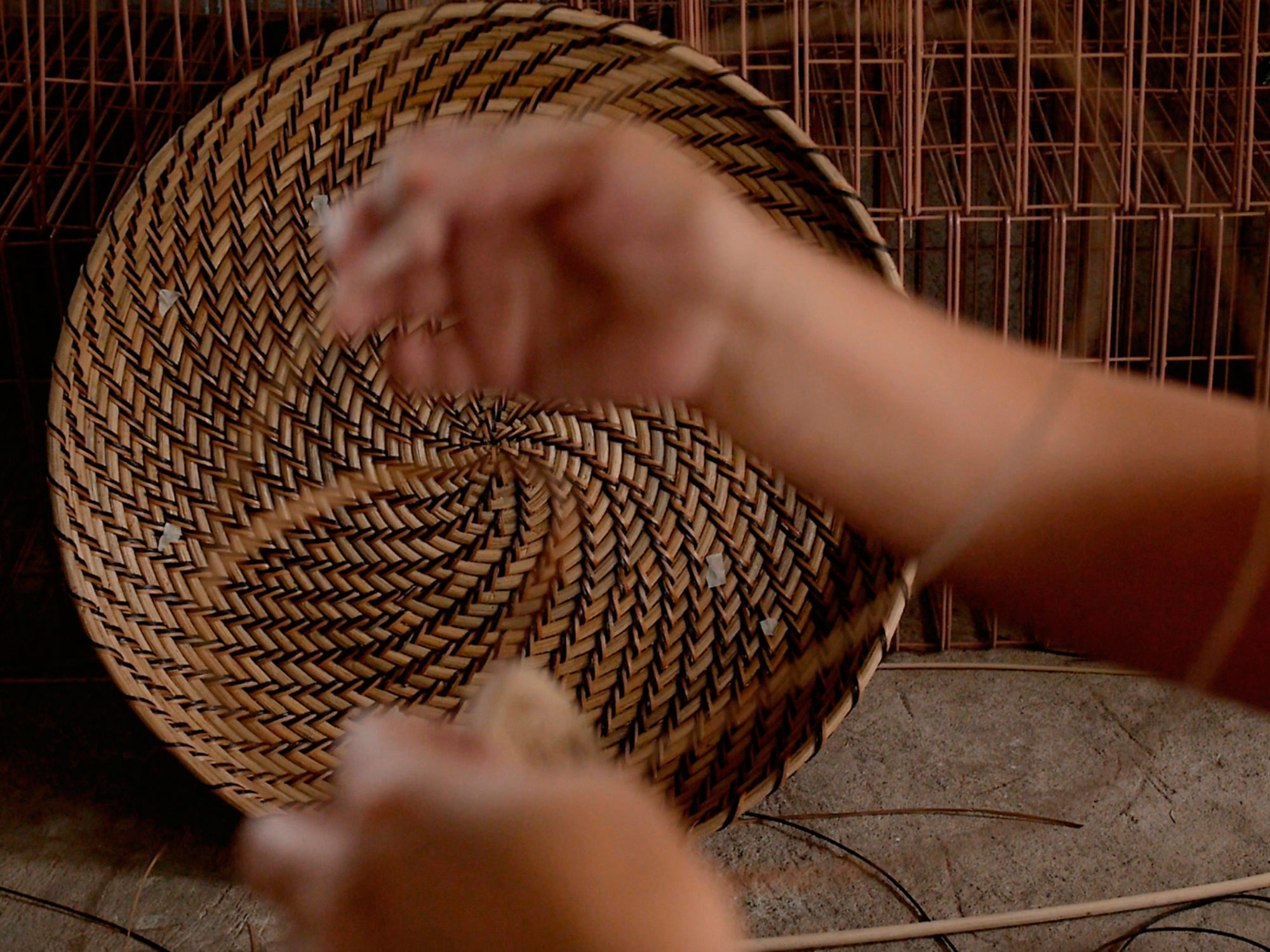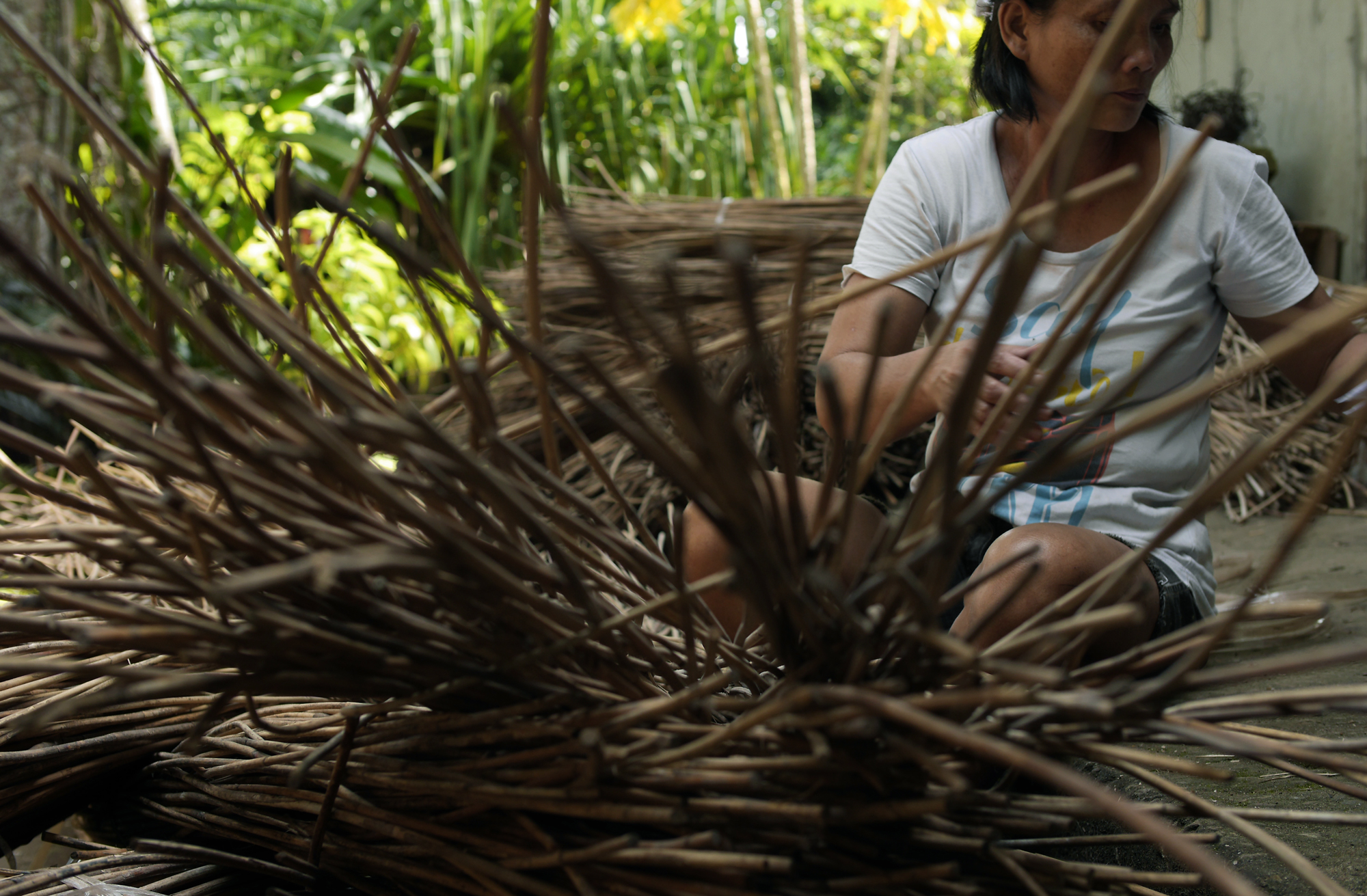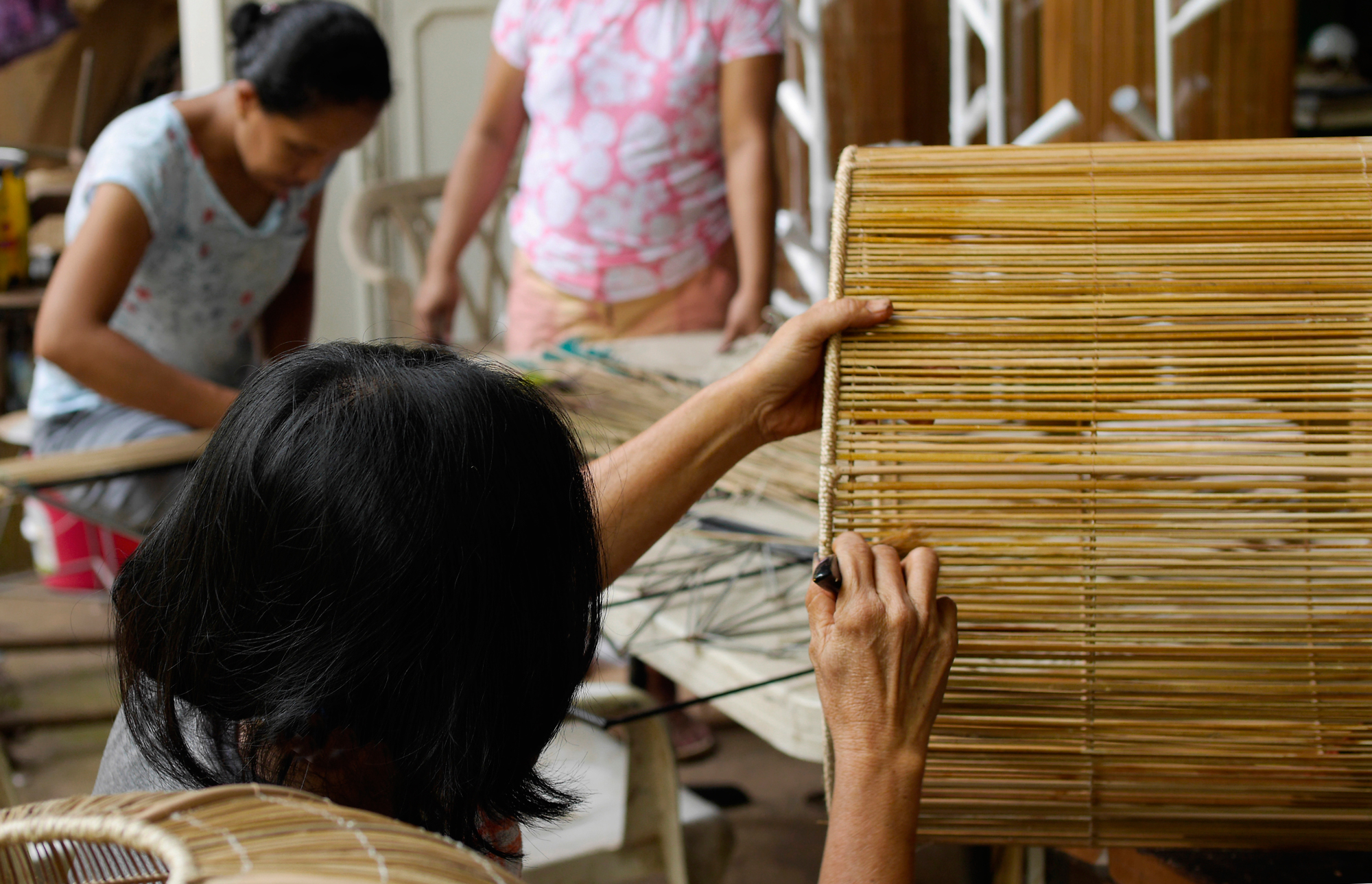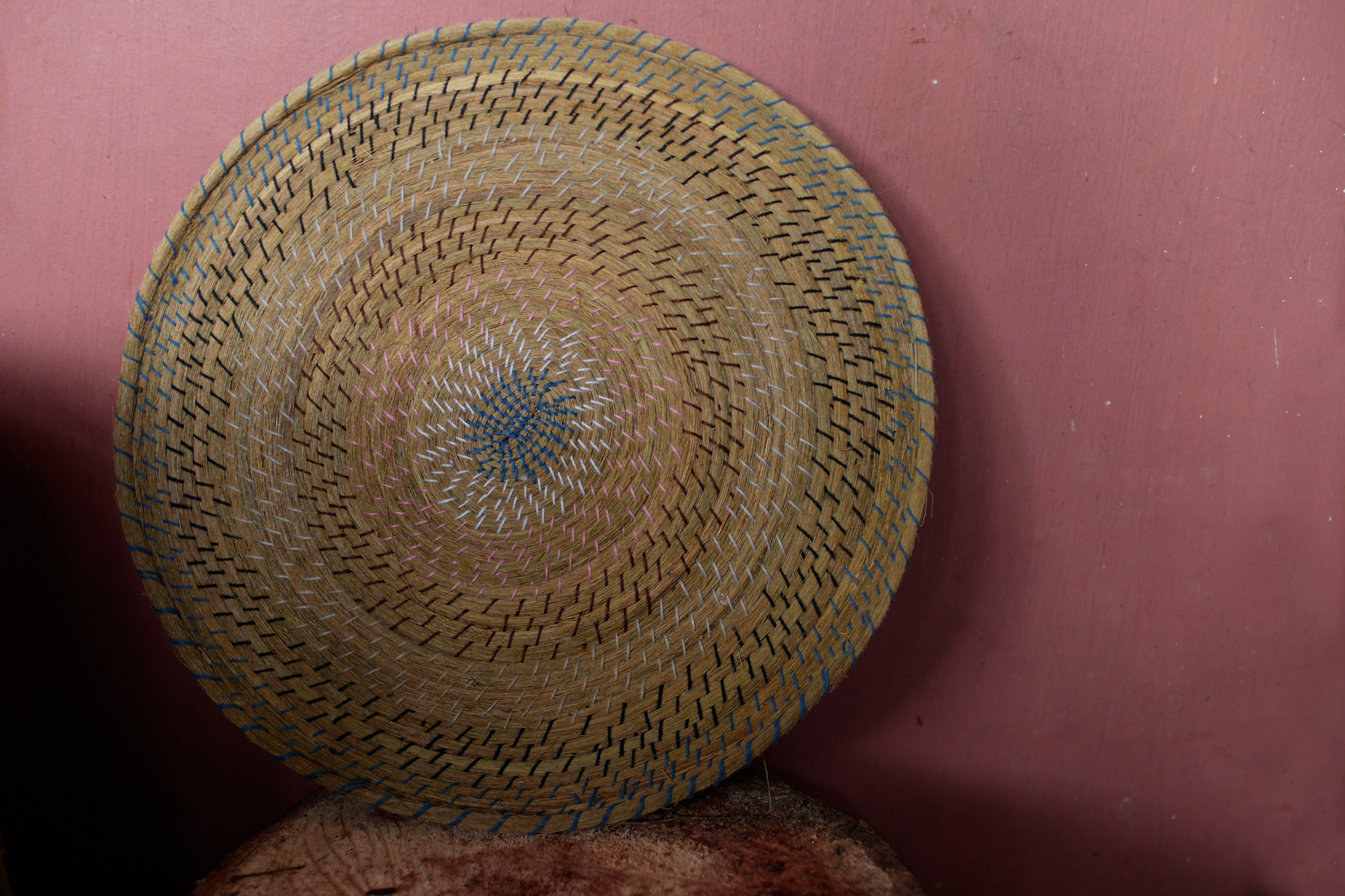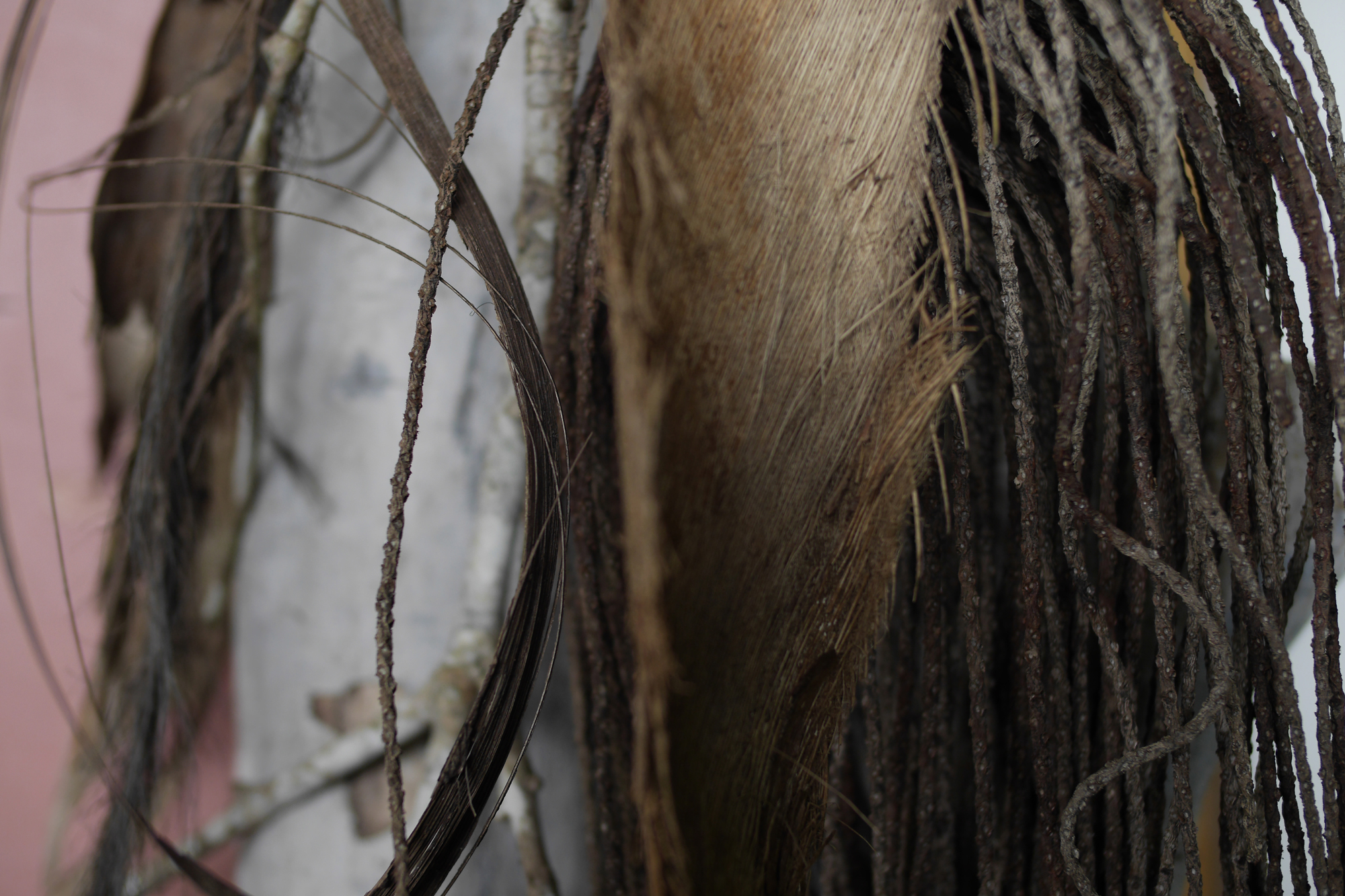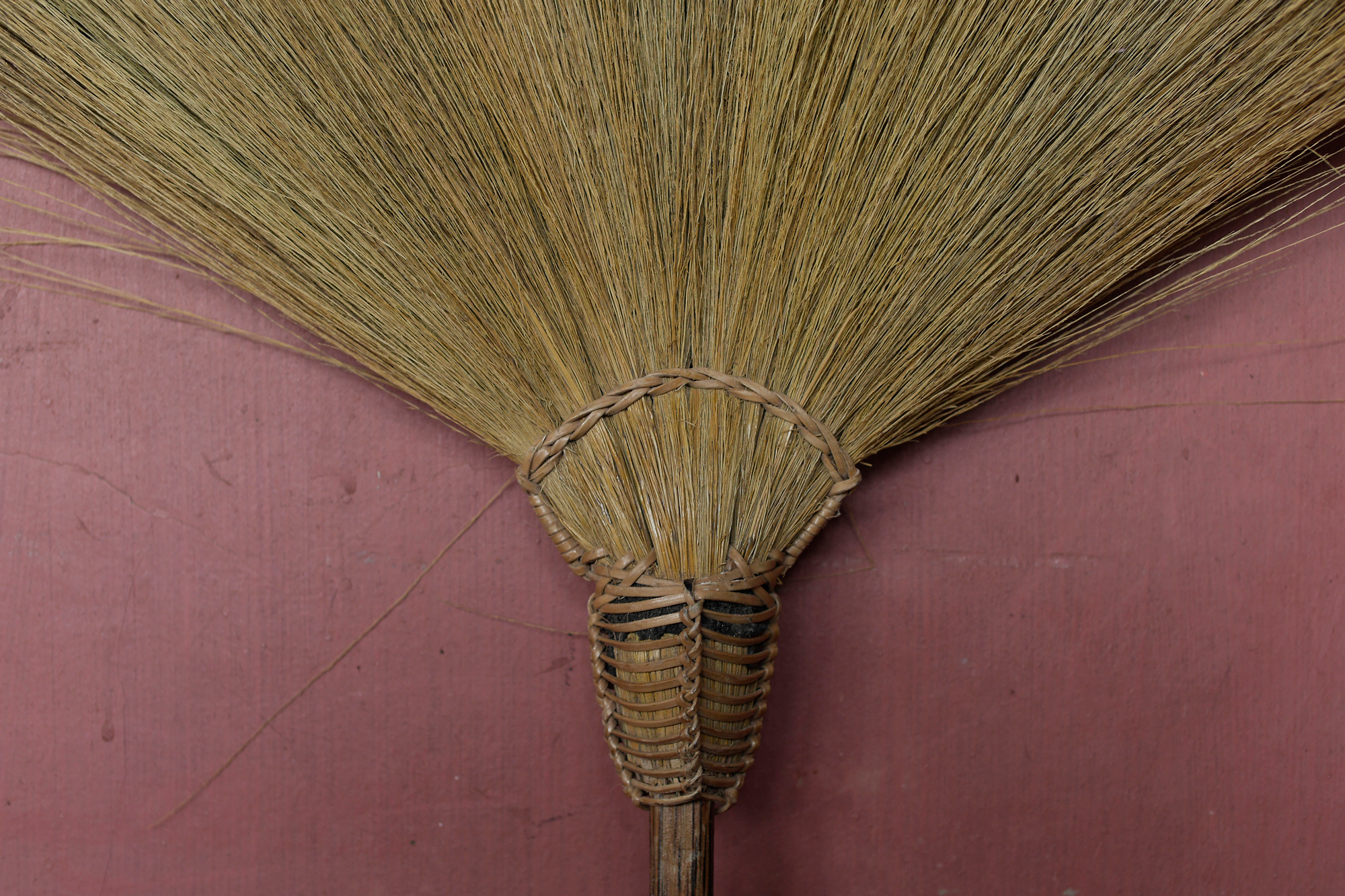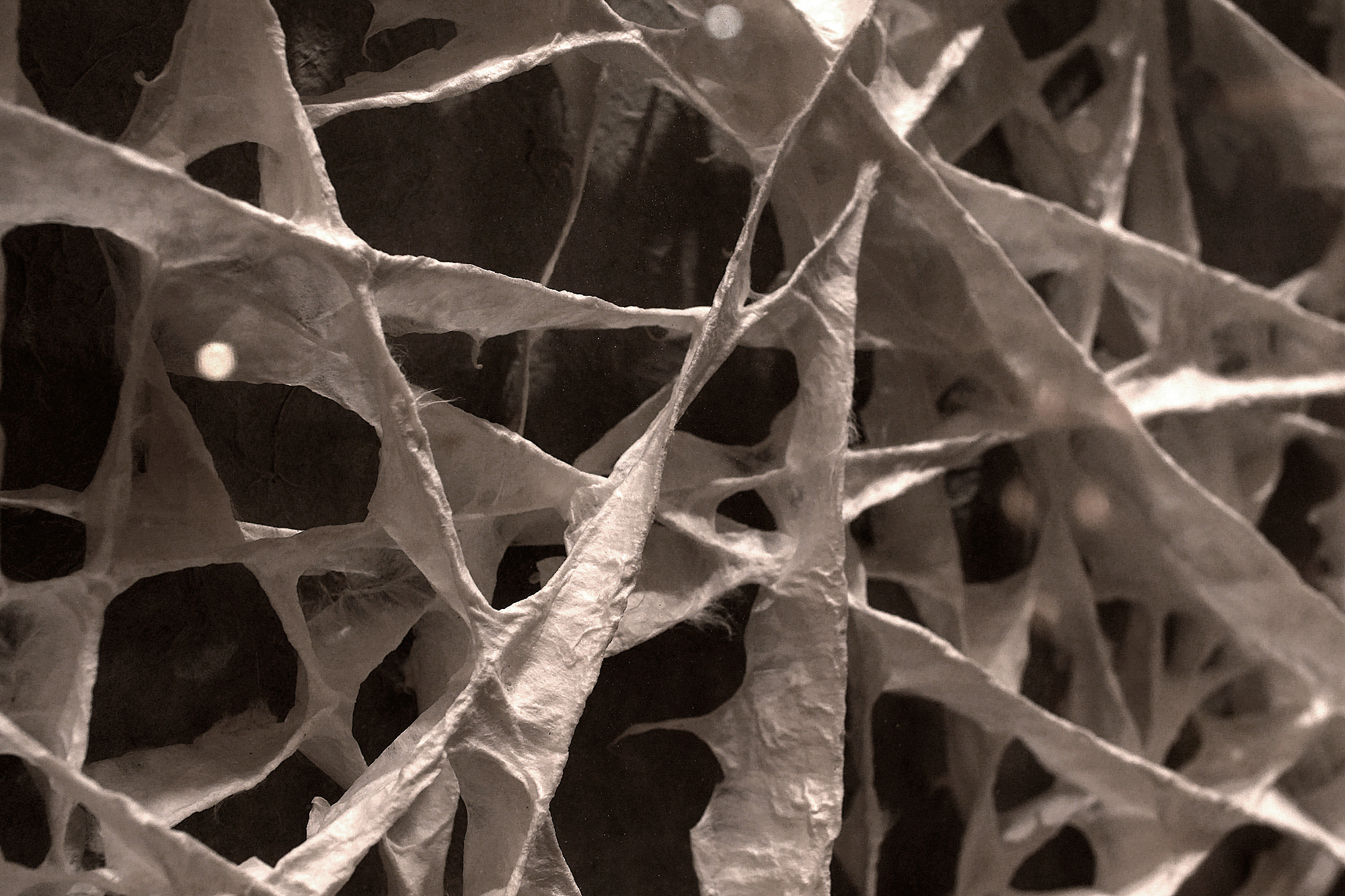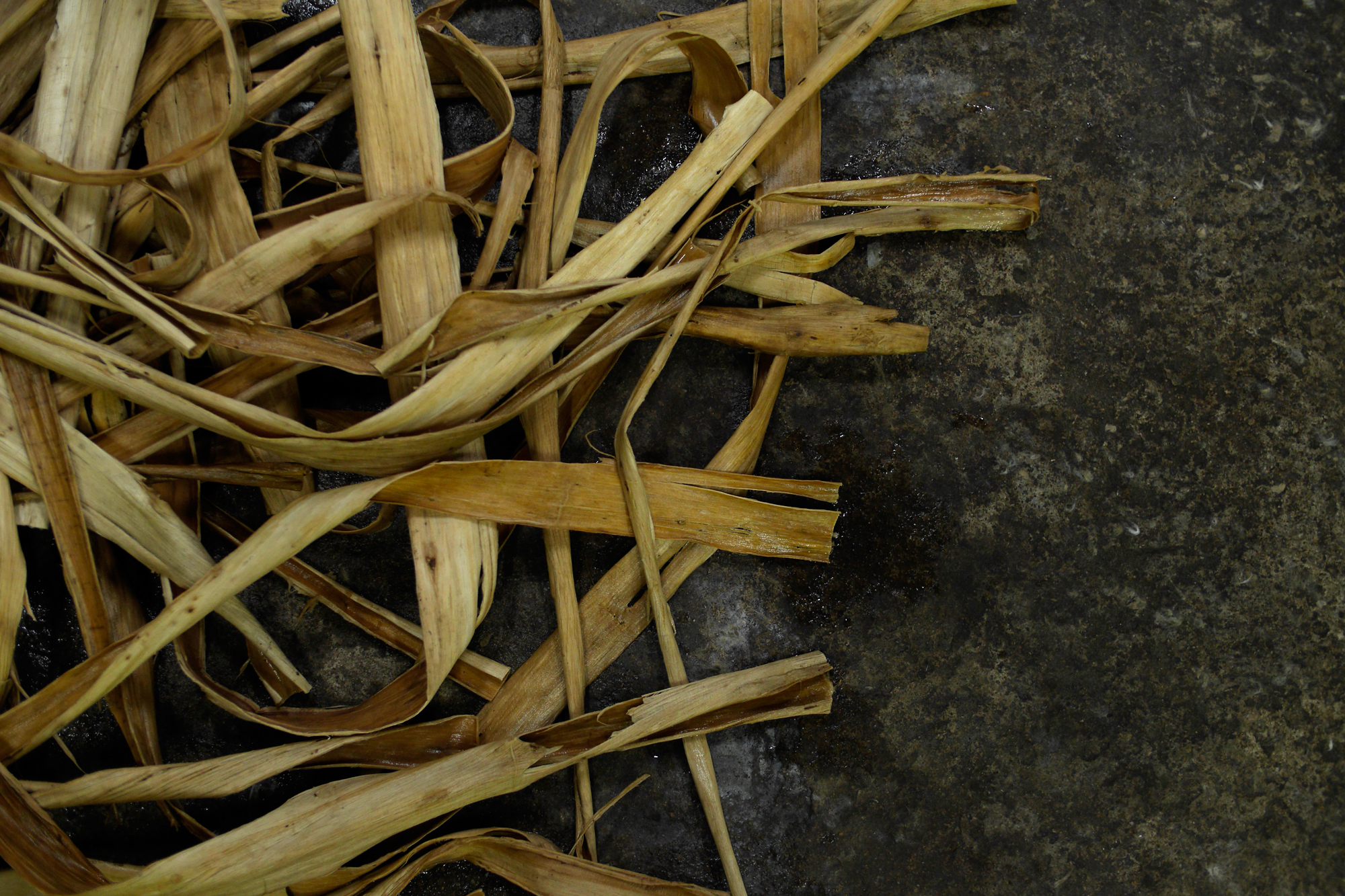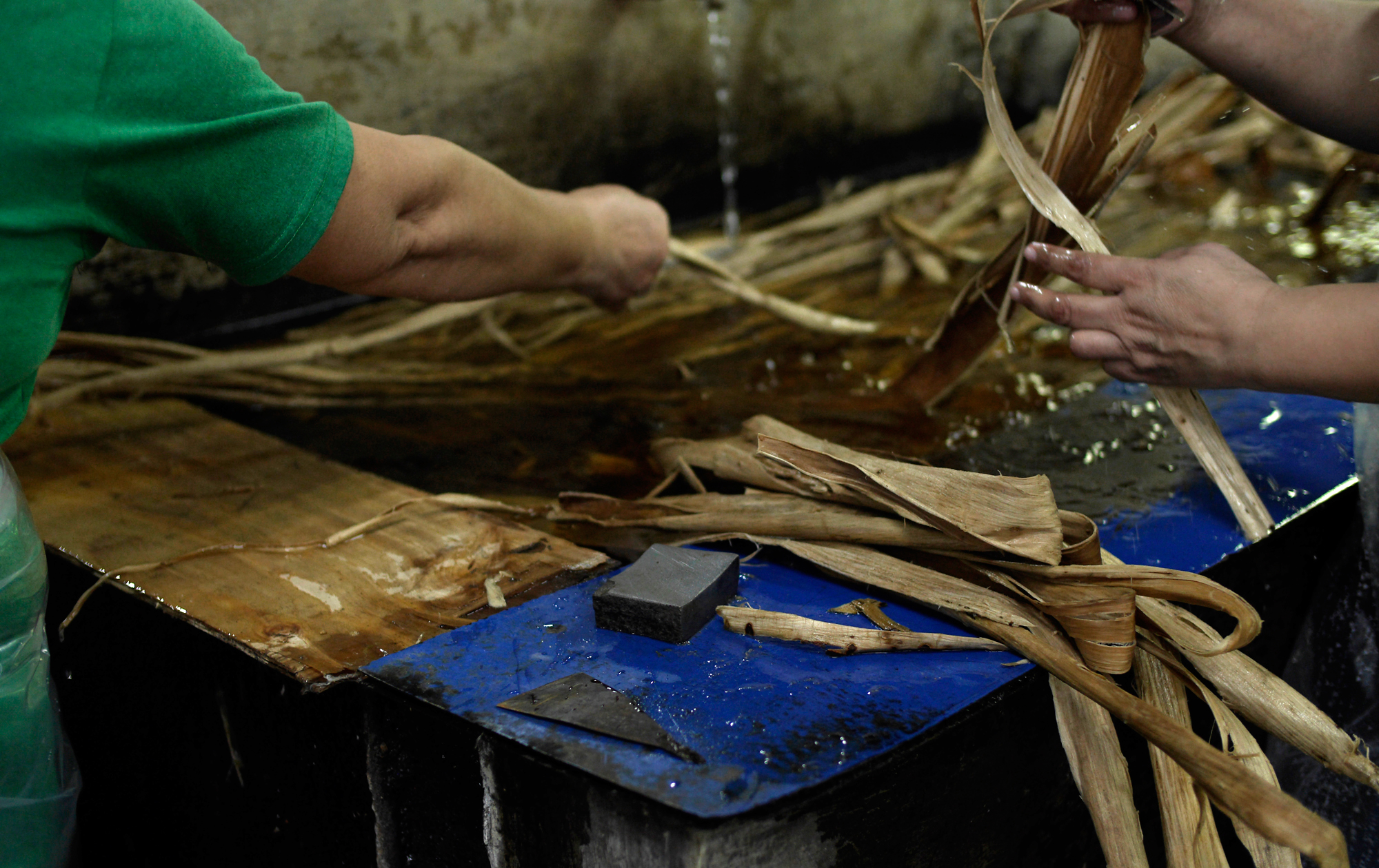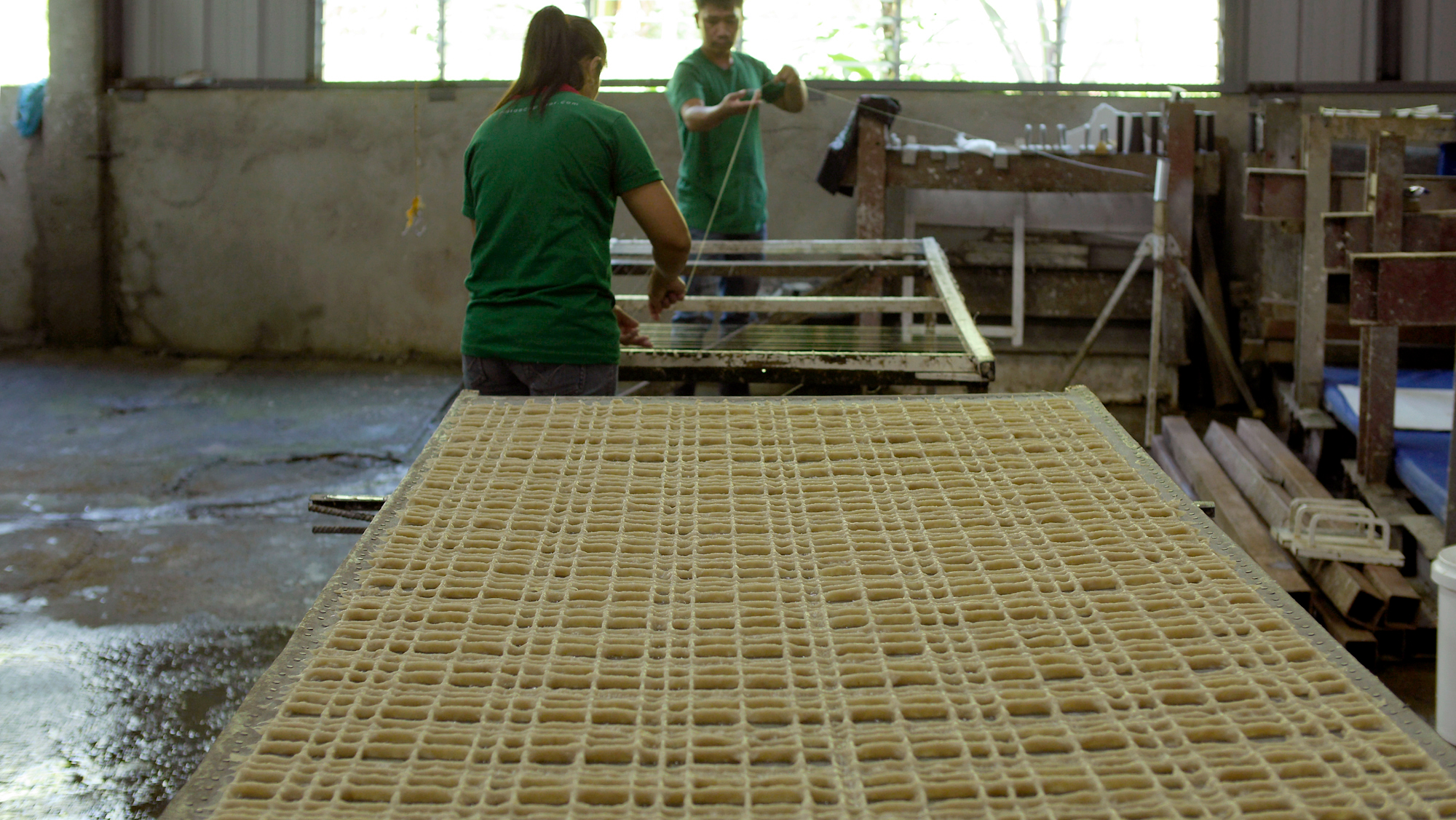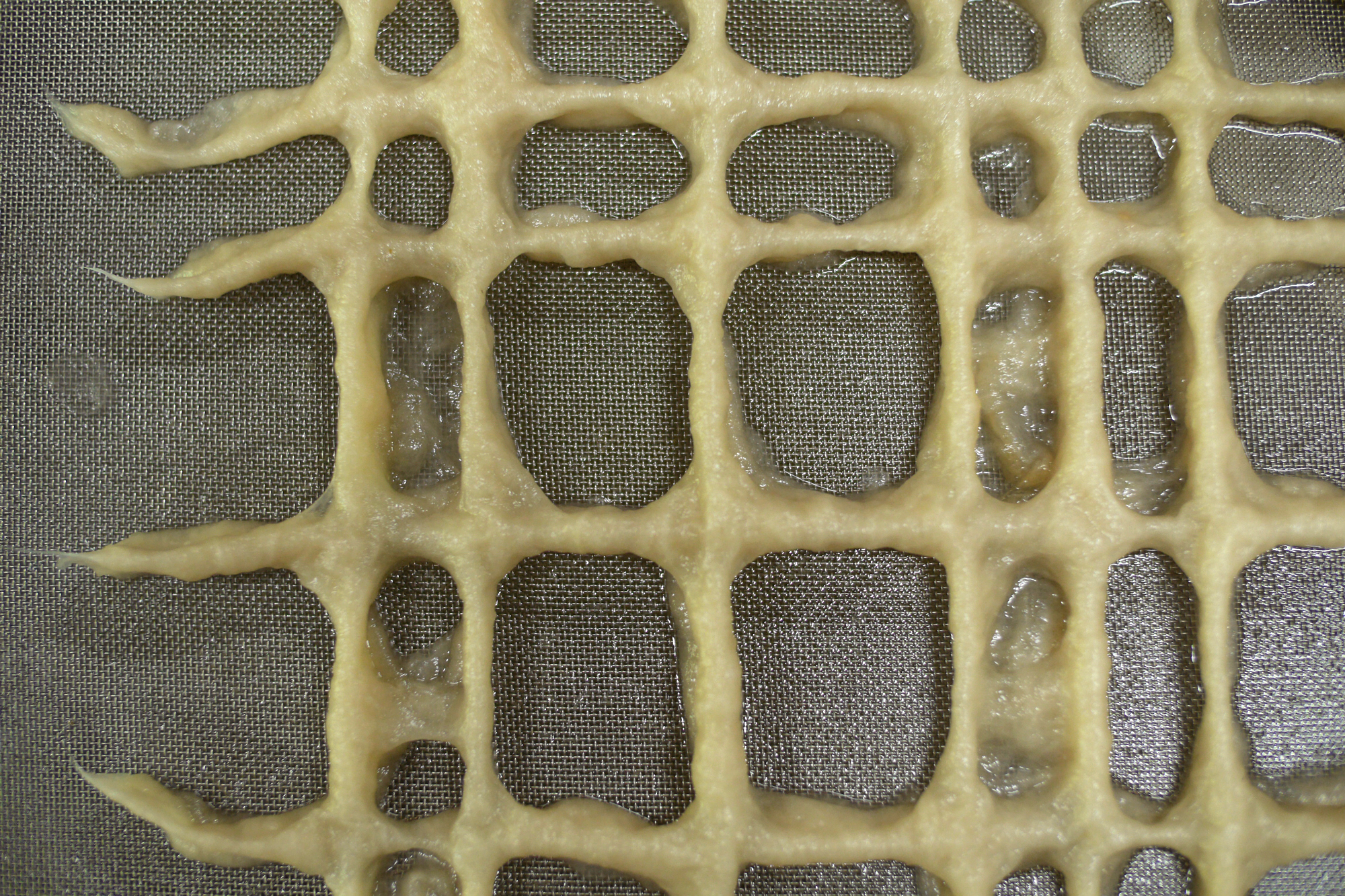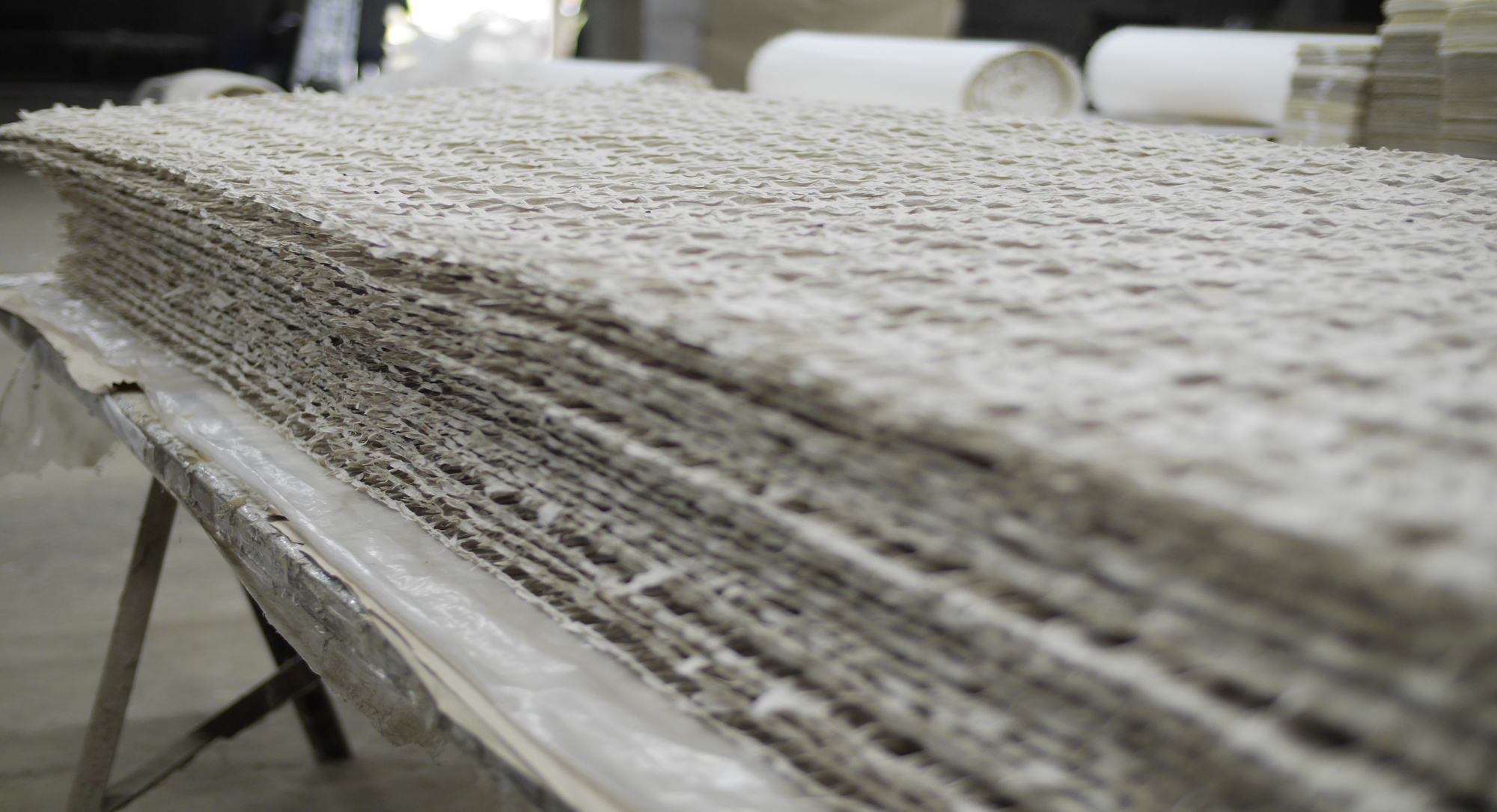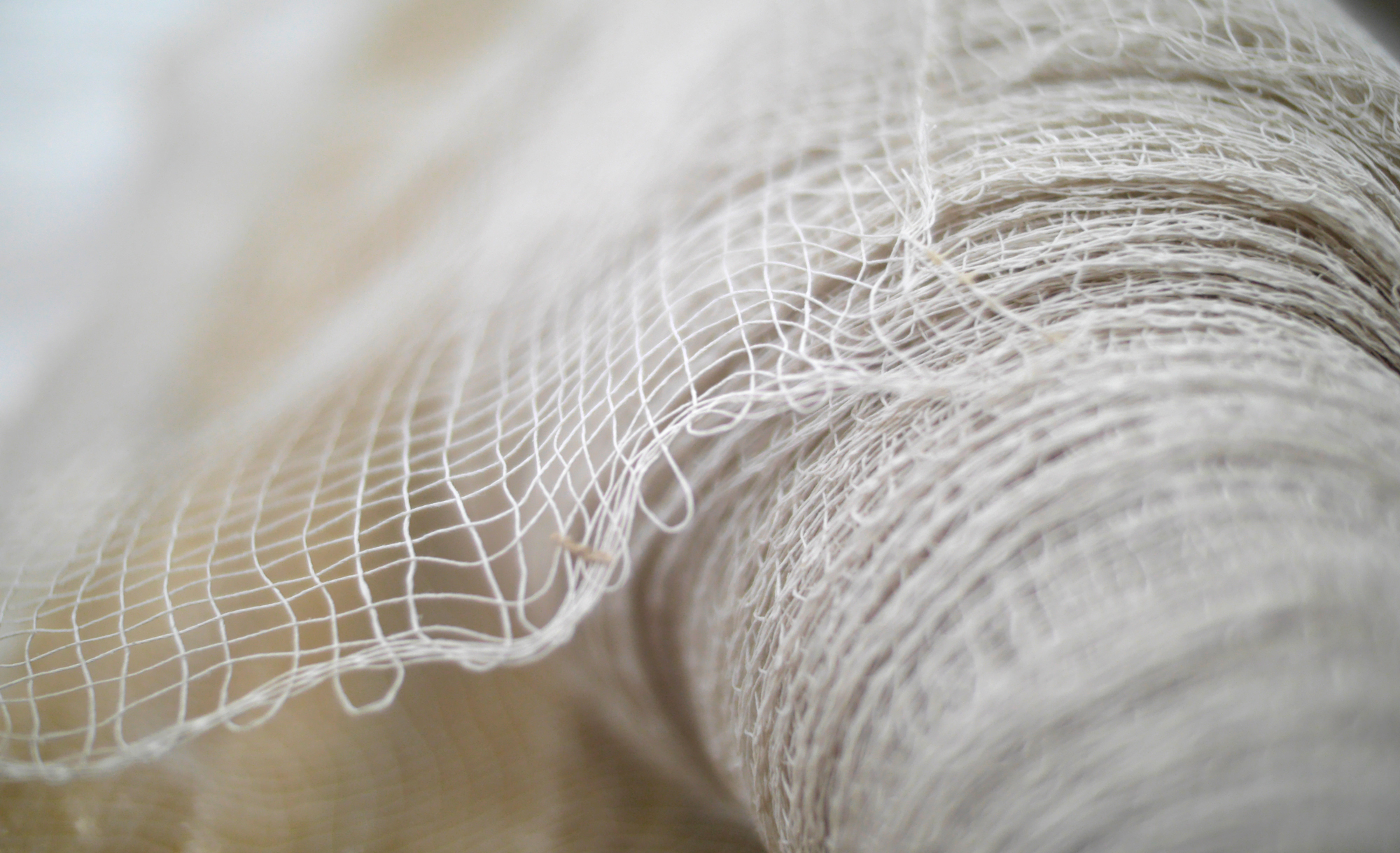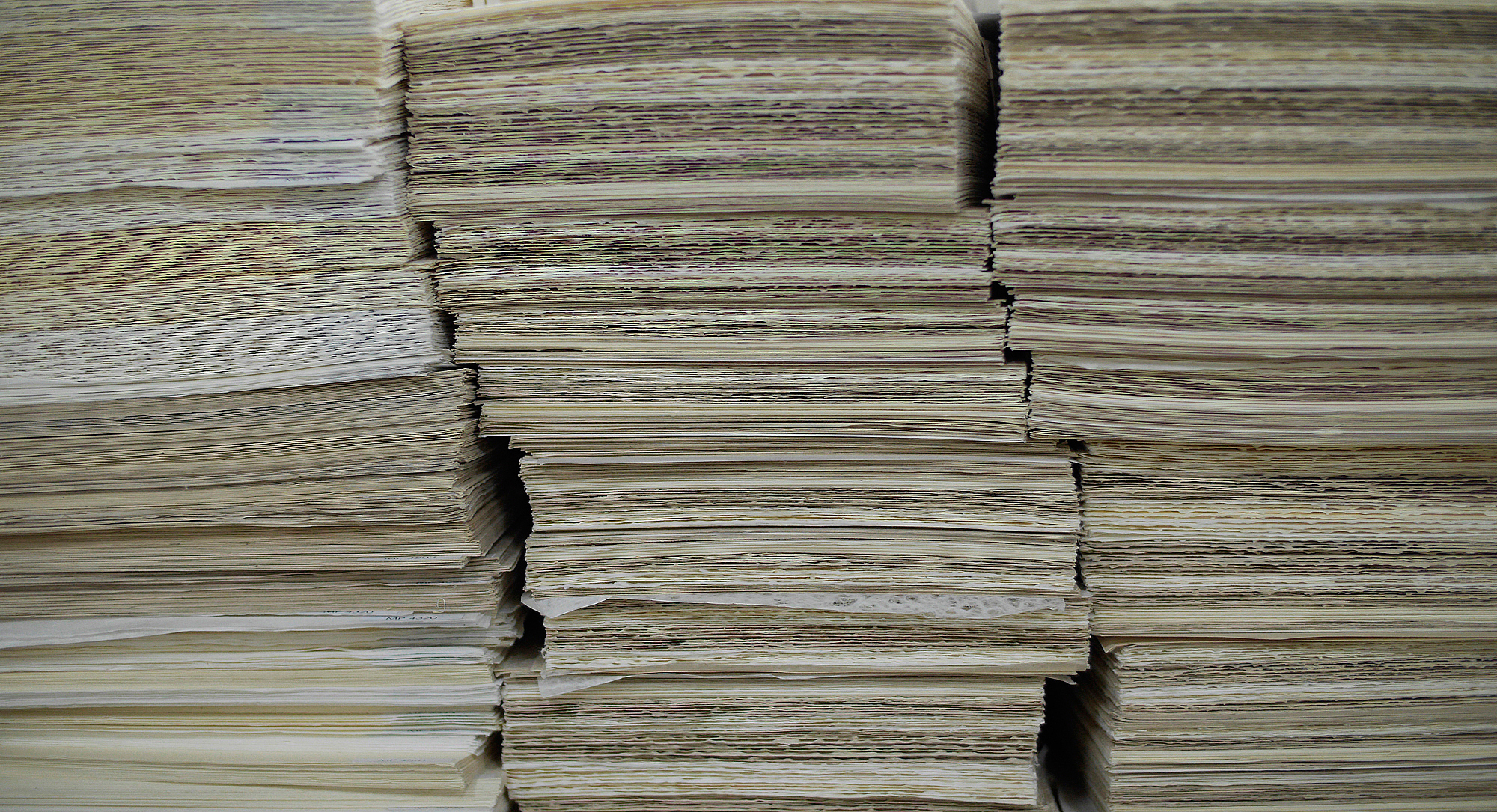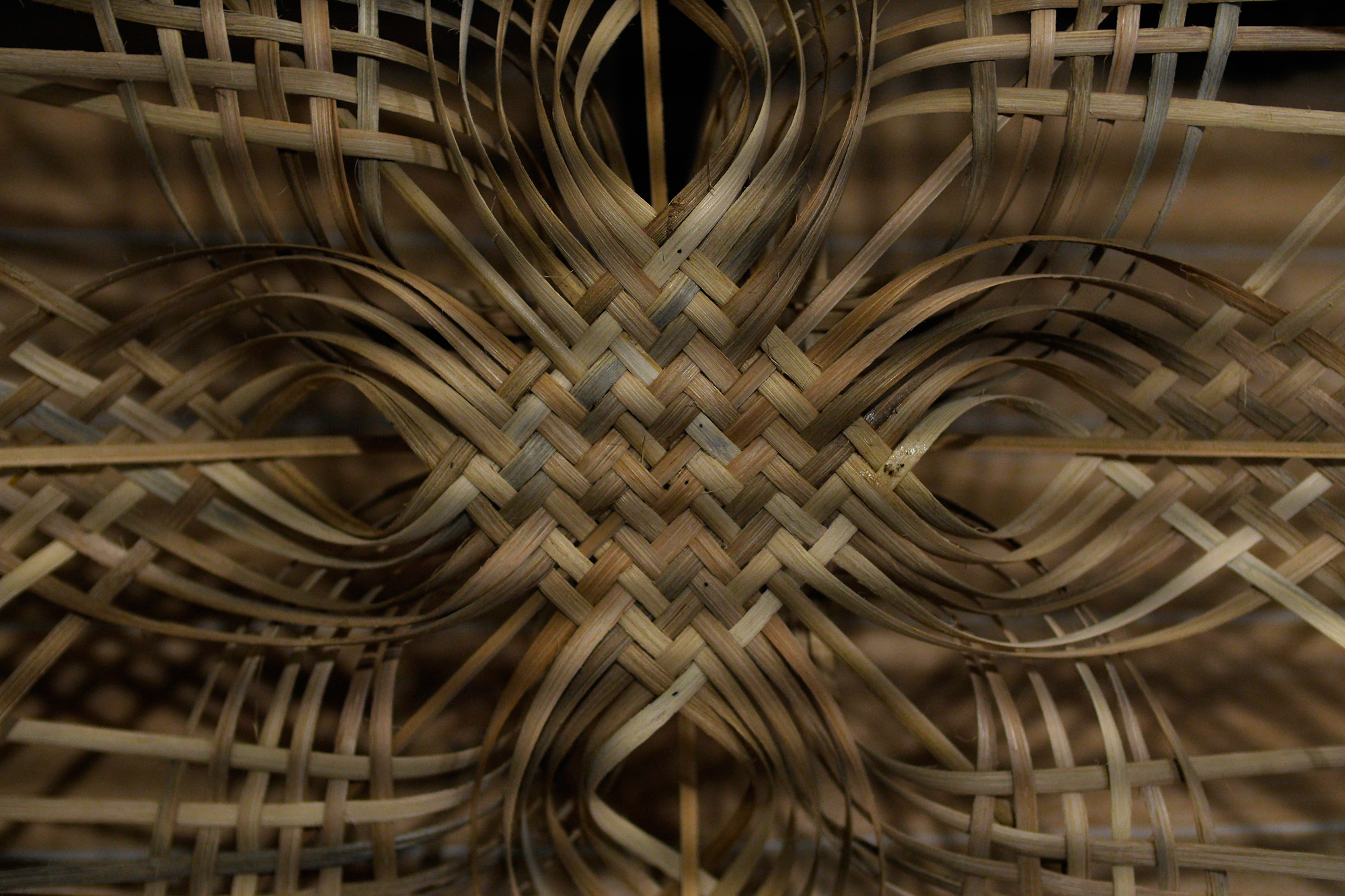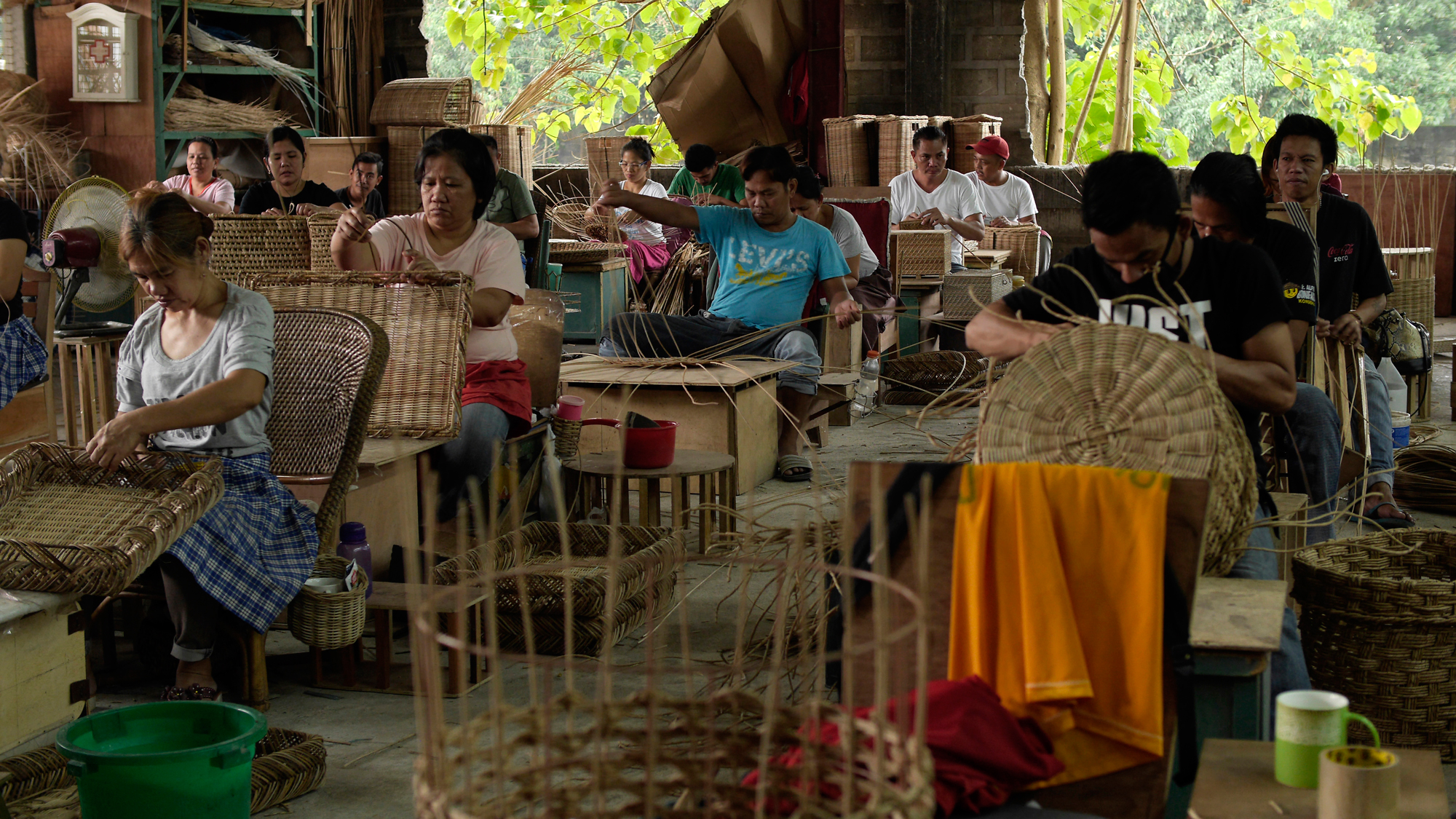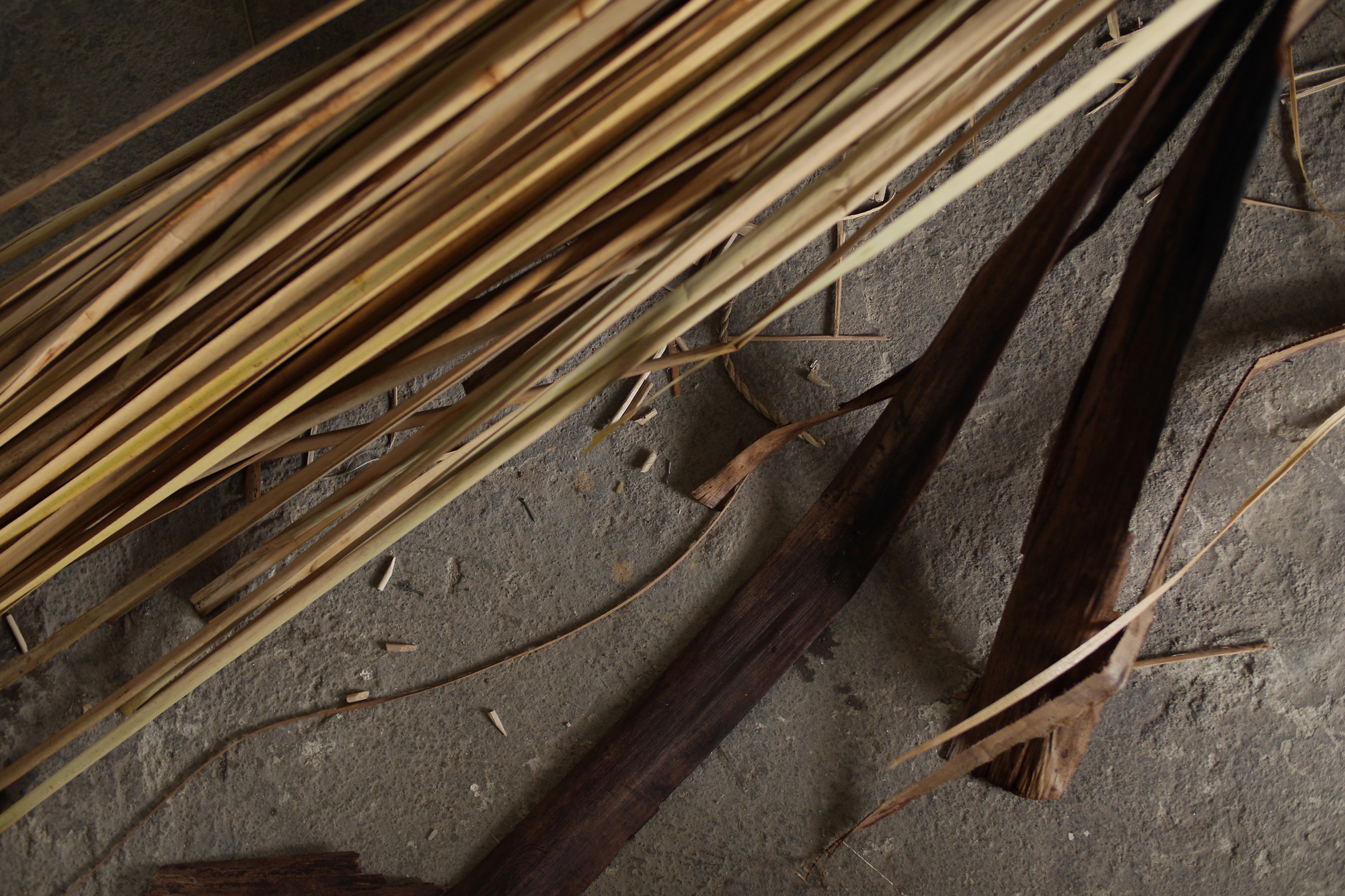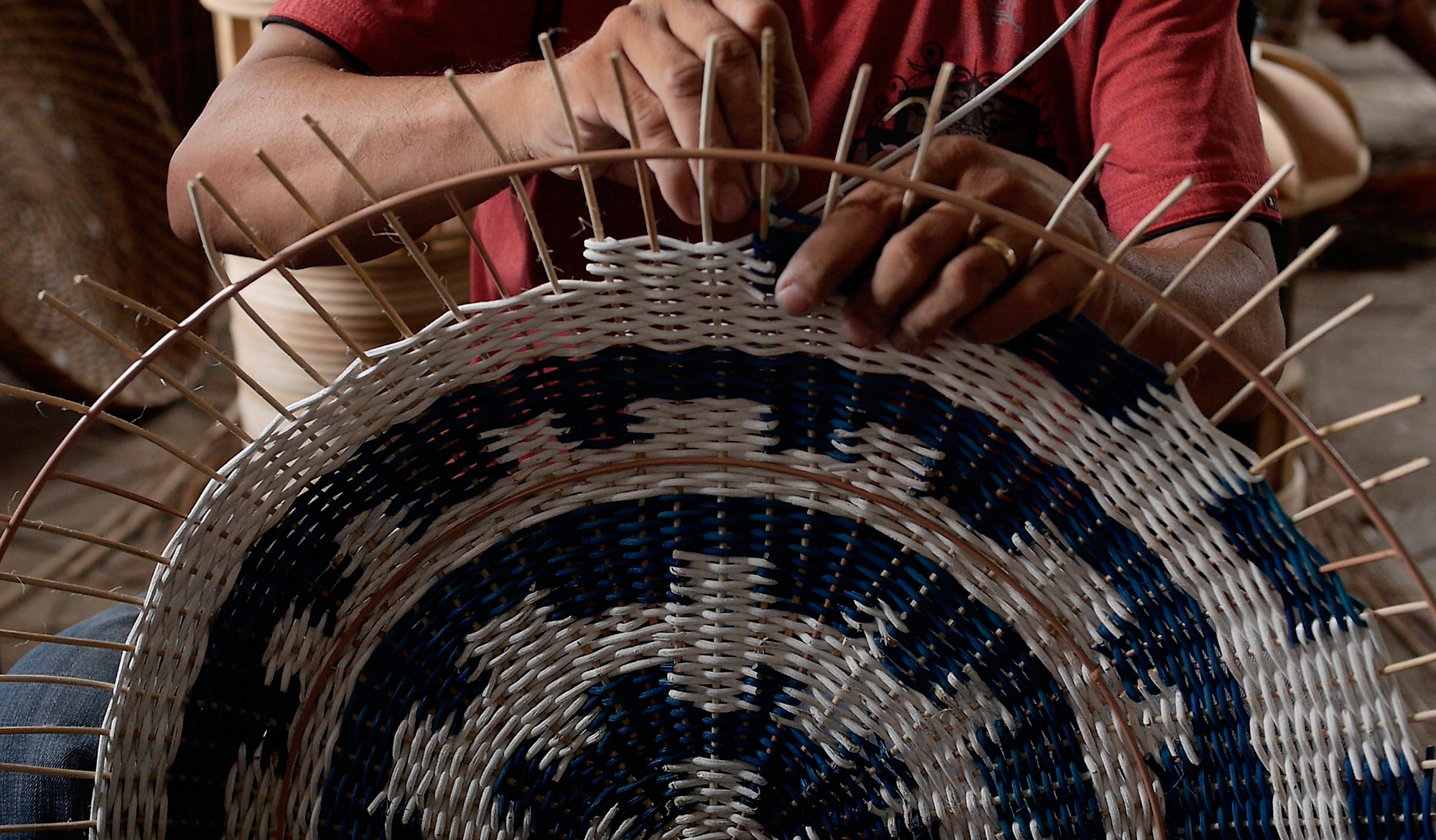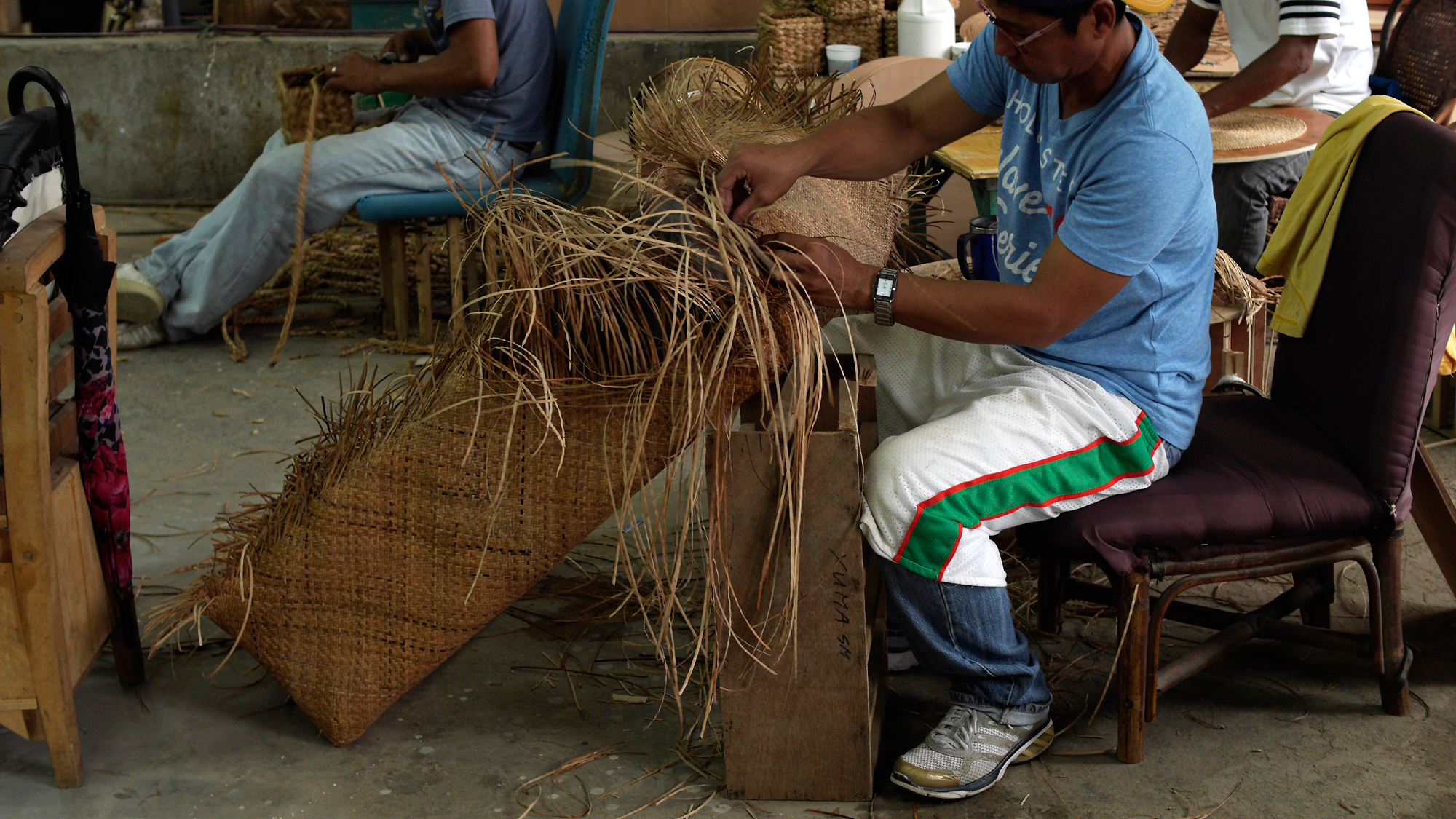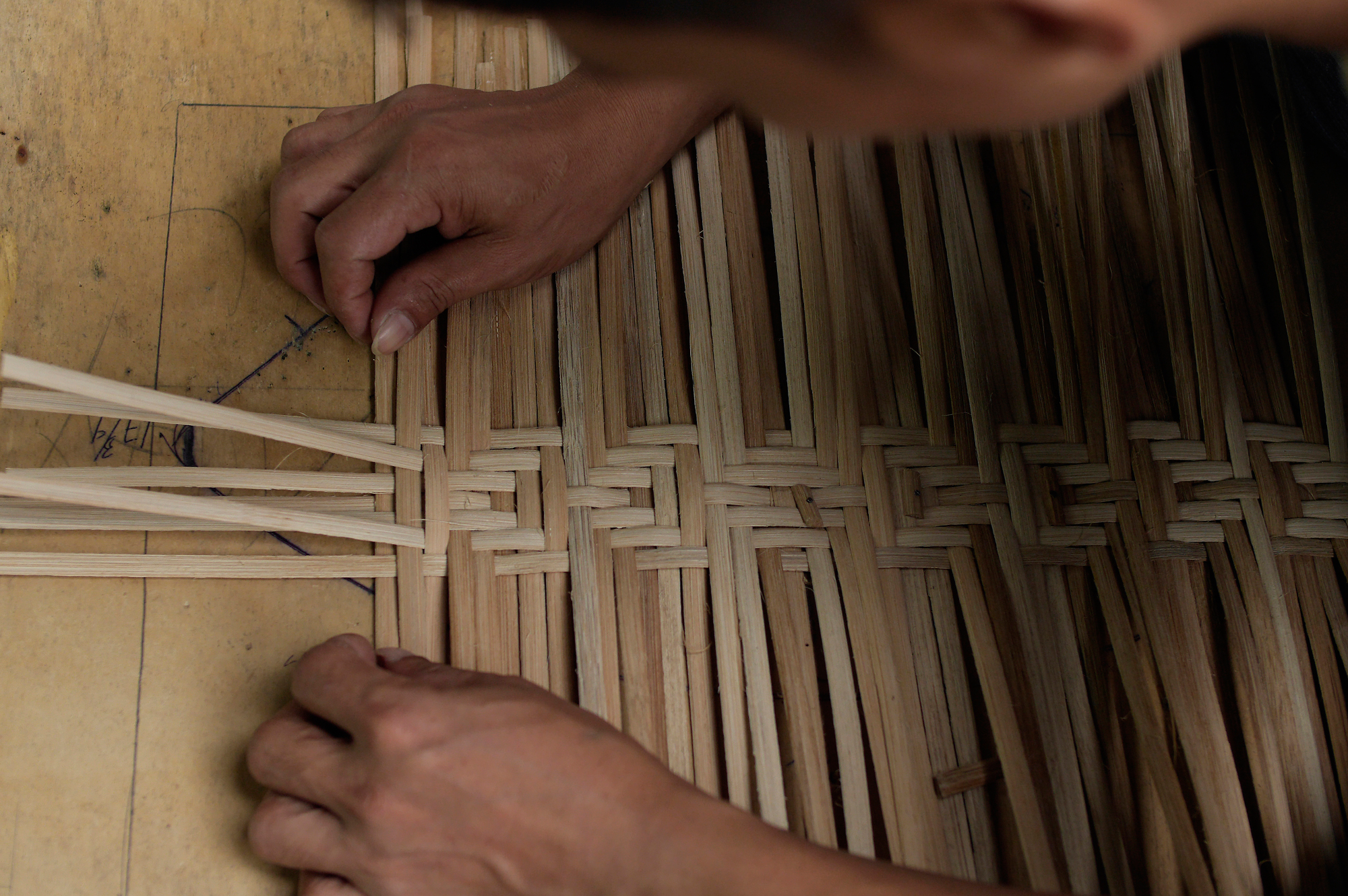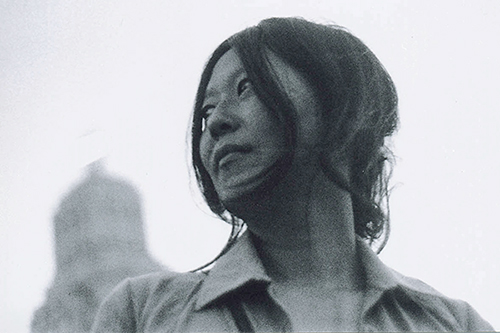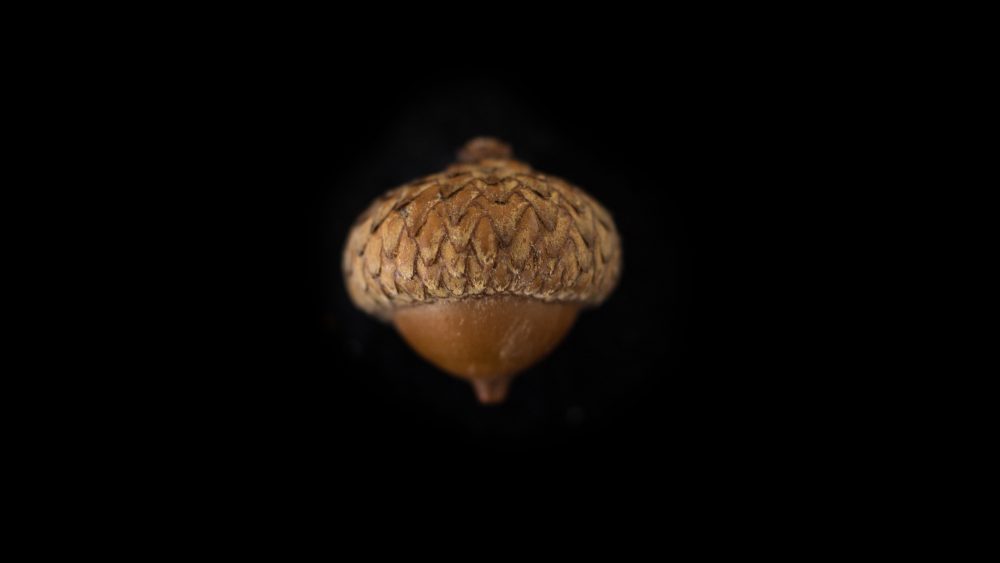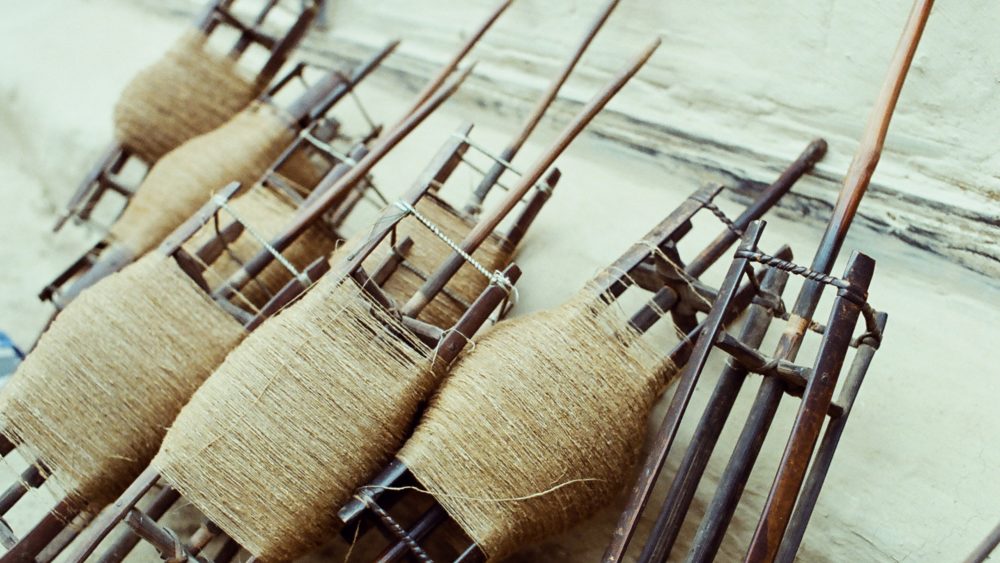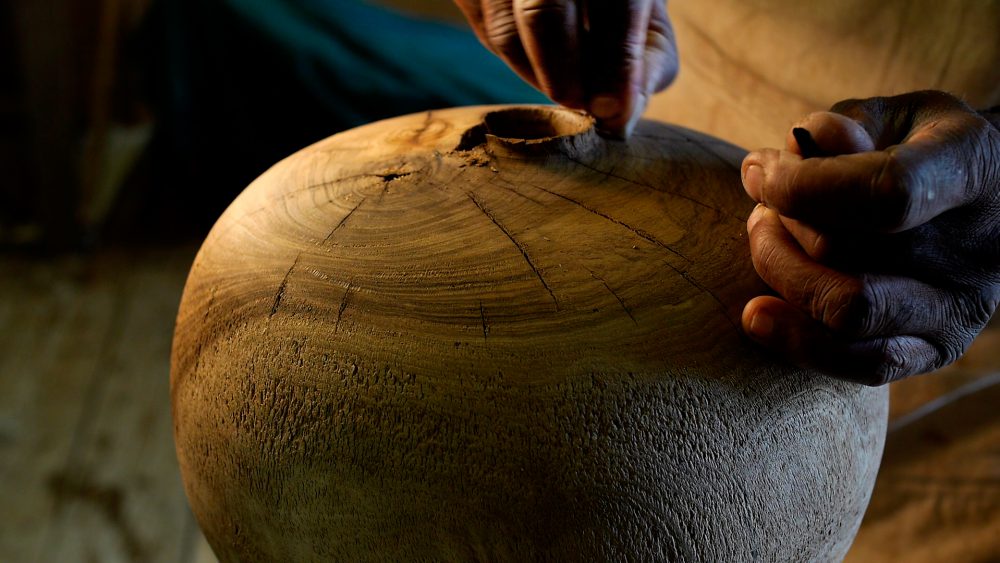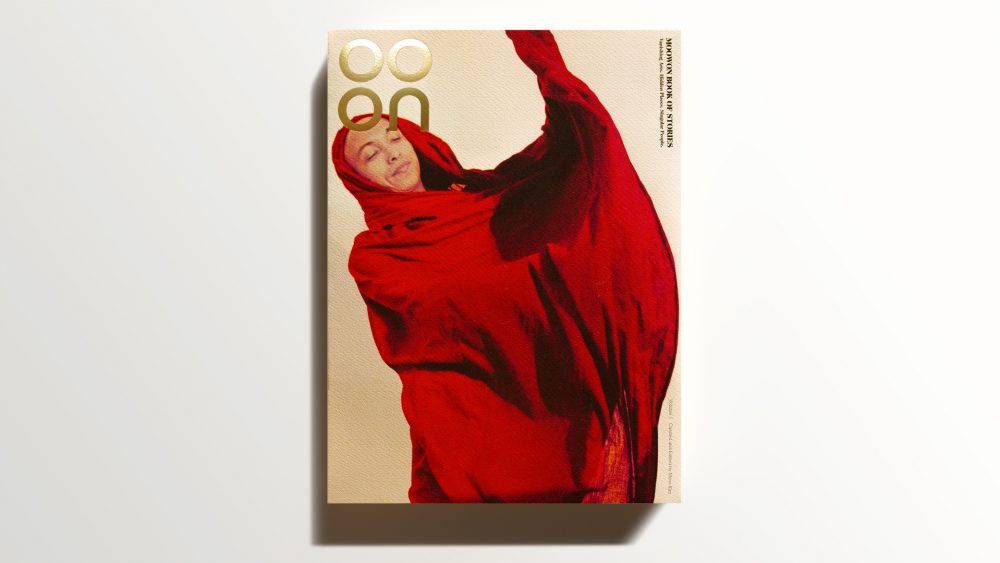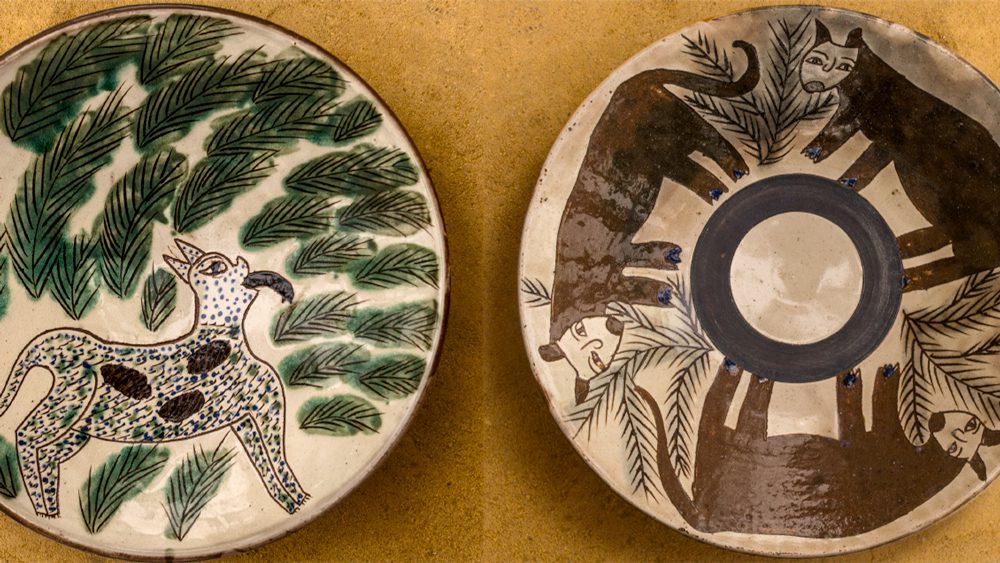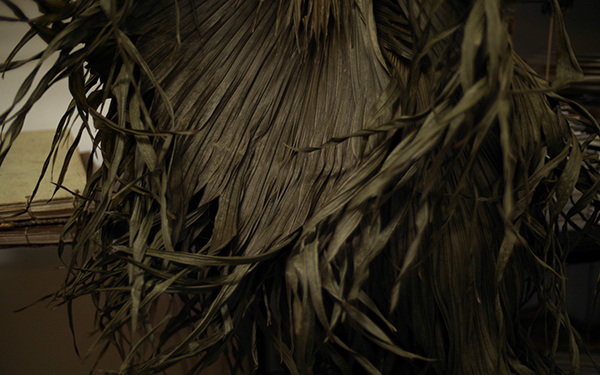
Interconnecting, constructing, collaborating, interlacing, fusing…
The word "weaving" conjures up myriad images, symbols, and ideas. When we transcend our more common, explicit understanding of it as a way to describe how objects are constructed, we start to see how it may also have deeper meaning: the way in which culture and identity are constructed, how material culture is interconnected to a place's biodiversity, the fusion of influences and how that shapes history, and collaboration as a way to work, create, and invent.
For the Philippines, "weaving" is a metaphor for the complexity and intricateness of the archipelago's spirit and creativity. Composed of more than 7,000 islands, over 100 ethno-linguistic tribes, and a history that has been characterized by the confluence of cultures and influences, the extent of the Philippines' material culture remains enigmatic when compared to those of other cultures.
Yet despite this mystery in its material culture, there is one prominent and unifying force that emerges through the archipelago's physical and ethno-tribal diversity: Nature. Woven into the soul of its people, places and creations, nature is salient, poignant and powerful. In the design and craft communities, the consciousness for sustainability is prevalent and, in many ways, much more advanced in comparison to their Western counterparts. The prolific use of natural materials such as abaca, banana leaves, and bamboo that are recycled and upcycled to create objects that often have a strong interconnection to natural shapes and textures is strikingly apparent. Weaving–in this sense–describes the synergy of nature, sustainability, and artisanship that one often witnesses in Filipino creations.
The concept of "weaving" is also a springboard for broader reflection on what is transpiring in this highly complex space called the Philippines. Does the natural environment as a visual reference influence what its artisans create? When and how did the propensity for the use of natural materials and sustainability become engrained in their cultural production? And could they leverage this consciousness as a point of differentiation and a way to "brand" their material culture?
The presentation of the following artisan workshops provides a window through which we can start to contextualize "weaving" in its more implicit forms. It also gives us a glimpse of what can occur when the abundance of natural materials meets the hands of skilled artisans.
Weaving a Community
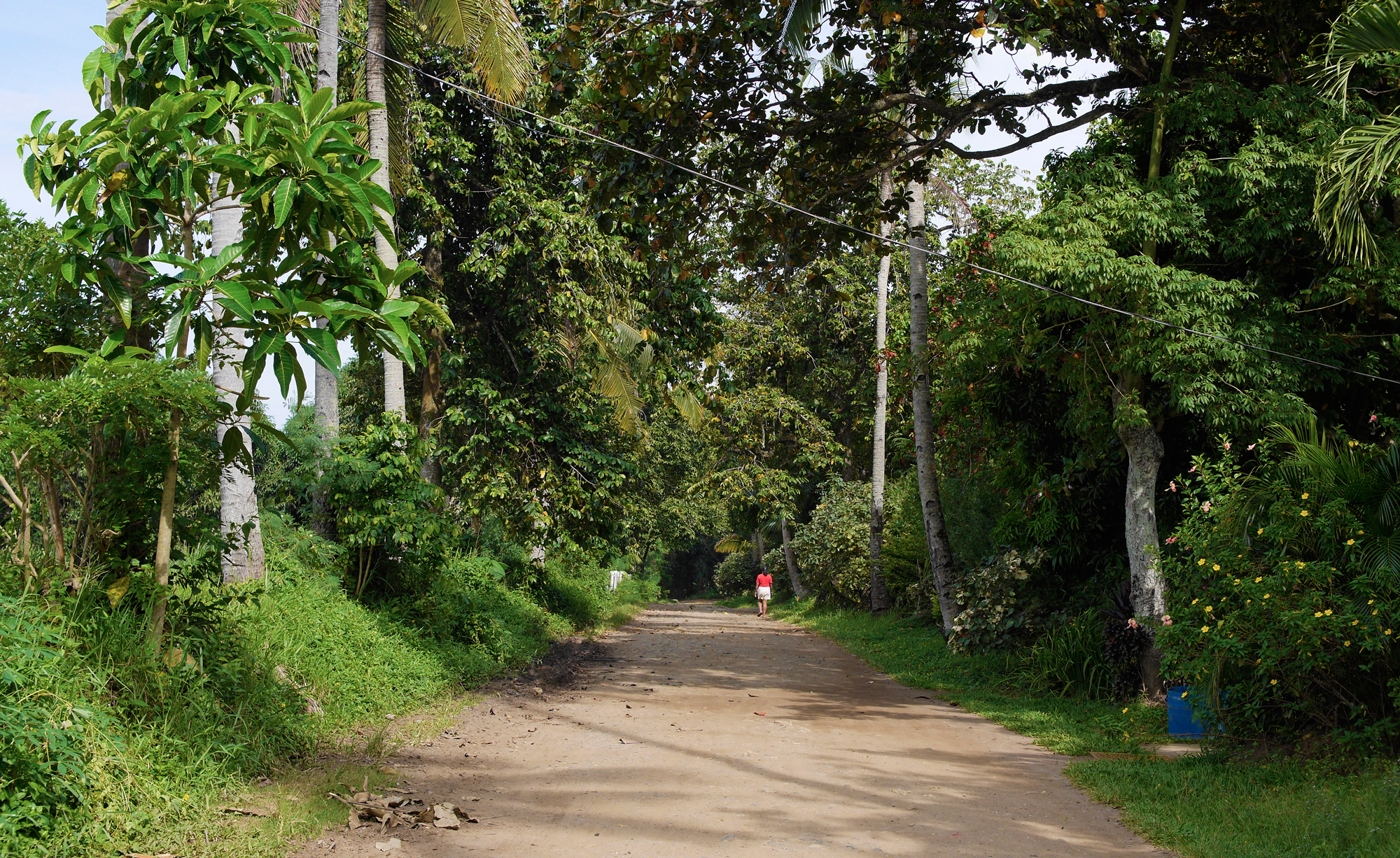
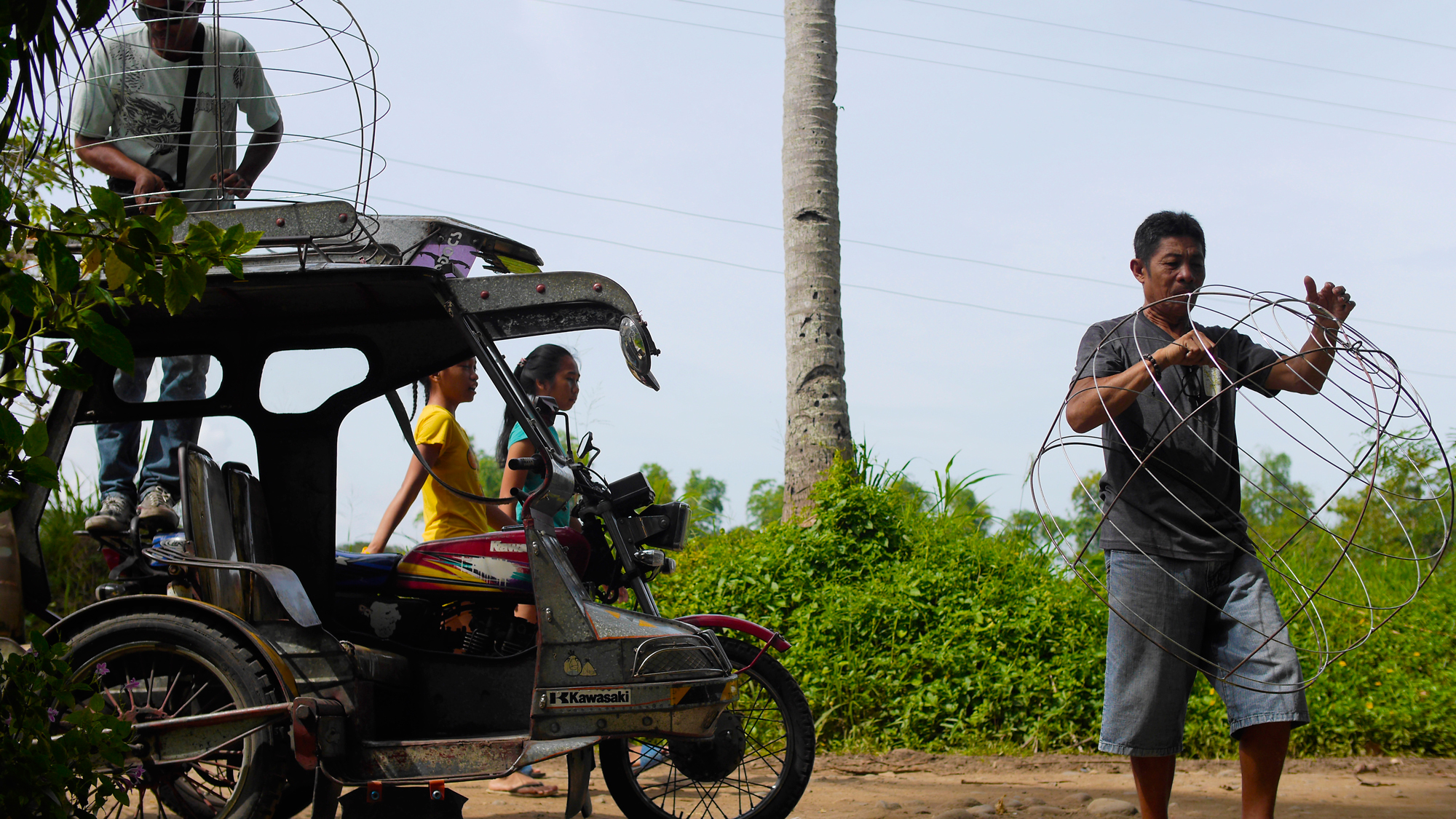
To enjoy the full story, become a Member.
Already a Member? Log in.
For $50/year,
+ Enjoy full-length members-only stories
+ Unlock all rare stories from the “Moowon Collection”
+ Support our cause in bringing meaningful purpose-driven stories
+ Contribute to those in need (part of your membership fee goes to charities)
EDITING: COPYRIGHT © MOOWON MAGAZINE / MONA KIM PROJECTS LLC. ALL RIGHTS RESERVED.
PHOTOS, VIDEOS, TEXT: COPYRIGHT © MONA KIM / MOOWON MAGAZINE. ALL RIGHTS RESERVED.
TO ACQUIRE USAGE RIGHTS, PLEASE CONTACT US at HELLO@MOOWON.COM
